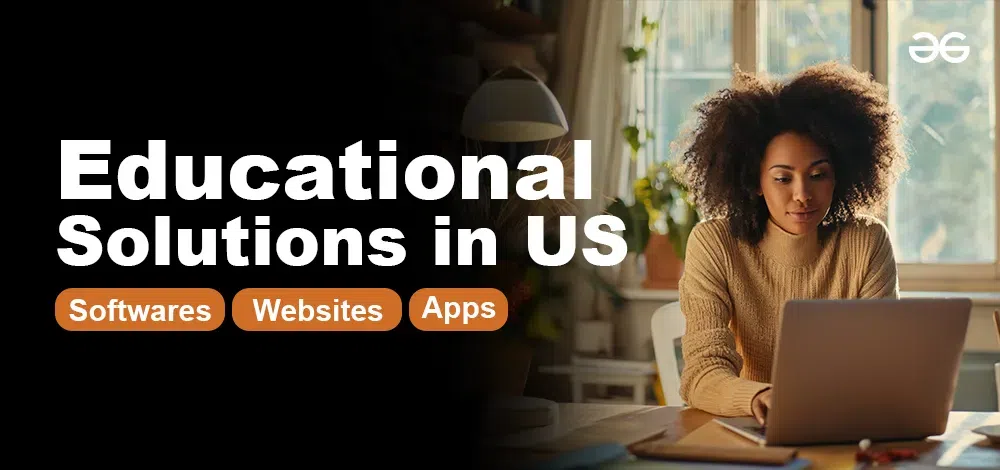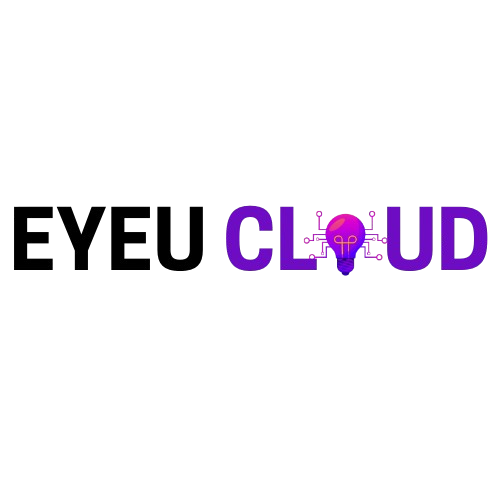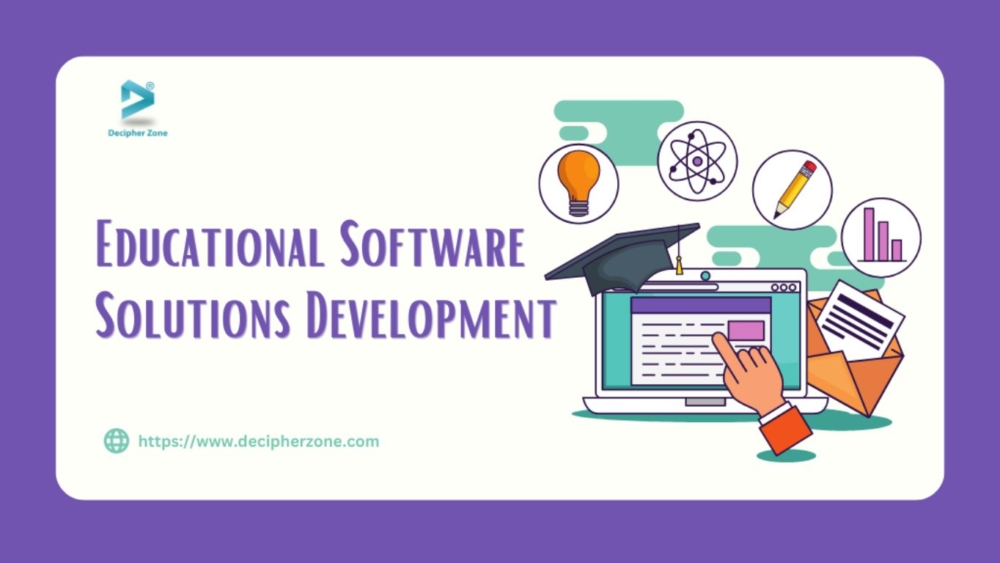Educational software solutions are tools designed to make learning more effective, engaging, and accessible. These solutions help students grasp complex concepts, teachers manage classrooms, and schools improve overall efficiency. They range from interactive learning platforms to administrative tools that streamline operations.
Also Visit: Web Development Roadmap
Benefits of Educational Software
1. Personalized Learning
Educational software allows students to learn at their own pace. Adaptive learning systems can adjust content based on a student’s performance, ensuring that they receive the support they need when they need it. This personalized approach helps students master subjects more efficiently and gain confidence in their abilities.
2. Increased Engagement
Interactive lessons, games, and quizzes make learning more enjoyable. These tools can capture students’ attention and make difficult subjects easier to understand. Engaging content keeps students motivated and encourages a love of learning.
3. Improved Accessibility
Educational software often includes features like text-to-speech, subtitles, and translations, making it easier for students with different needs to learn. These features help bridge the gap for students with disabilities or those who speak different languages, ensuring that everyone has equal access to education.
4. Enhanced Teacher Support
Teachers can use educational software to track student progress, identify areas where students may be struggling, and adjust their teaching strategies accordingly. This data-driven approach allows educators to provide targeted interventions, improving student outcomes.
5. Efficient Administration
Administrative software helps schools manage tasks like scheduling, grading, and communication. This reduces the time spent on paperwork, allowing educators to focus more on teaching. Streamlined administrative processes also improve communication between teachers, students, and parents, creating a more cohesive learning environment.

Also Visit: Data Science Services
Types of Educational Software
1. Learning Management Systems (LMS)
Learning Management Systems (LMS) allow teachers to create and manage courses online. Students can access lessons, submit assignments, and participate in discussions from anywhere. LMS platforms also provide tools for tracking student progress and managing grades, making them an essential component of modern education.
2. Assessment Tools
Assessment tools help teachers create tests, quizzes, and exams. These tools can automatically grade assignments, saving time and providing immediate feedback to students. By using assessment software, educators can quickly identify areas where students need improvement and adjust their teaching methods accordingly.
3. Educational Games
Educational games are designed to teach specific skills or knowledge in a fun and engaging way. They are particularly effective for younger students, helping them develop problem-solving skills, creativity, and critical thinking. Educational games also encourage students to learn through play, making complex subjects more approachable.
4. Administrative Software
Administrative software helps schools manage student records, attendance, scheduling, and communication with parents. These tools simplify the management of day-to-day operations, allowing schools to run more efficiently. Administrative software also ensures that important information is easily accessible, improving decision-making and accountability.
Also Visit: Devops And Cloud
The Future of Educational Software
1. Integration of Artificial Intelligence (AI)
As technology continues to evolve, AI will play a larger role in personalizing learning experiences. AI-powered tools can analyze student performance data to provide customized learning paths, helping students reach their full potential. AI can also assist teachers in creating more effective lesson plans by identifying the most successful teaching strategies.
2. The Rise of Virtual and Augmented Reality
Virtual Reality (VR) and Augmented Reality (AR) are expected to become more common in educational settings, providing immersive learning environments that were once impossible. These technologies can bring history to life, simulate scientific experiments, and offer virtual field trips, making learning more interactive and engaging.
3. Data-Driven Decision Making
Educational software will increasingly rely on data analytics to improve learning outcomes. By analyzing student performance data, educators can identify trends, predict future challenges, and implement strategies to address them. Data-driven decision-making will enable schools to continuously refine their teaching methods and provide a more effective education for all students.
Also Visit: Custom Software Solutions
Conclusion
Educational software solutions are transforming how education is delivered and experienced. They offer numerous benefits, from personalized learning to efficient administration, making them an essential part of modern education. As technology continues to advance, these tools will only become more powerful, providing new opportunities to enhance learning and improve educational outcomes.
Also Visit: Digital Transformation


